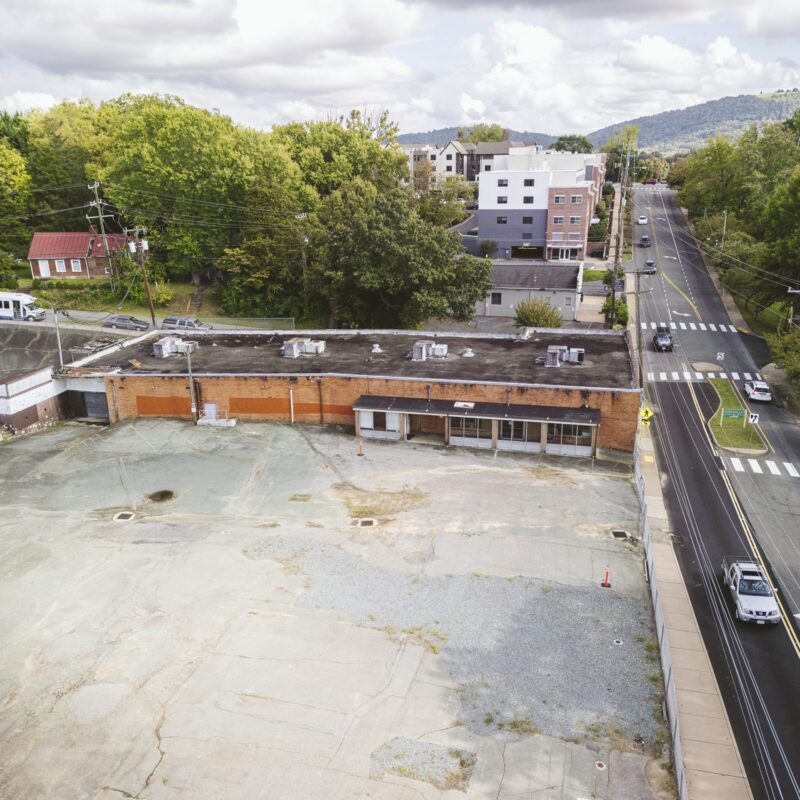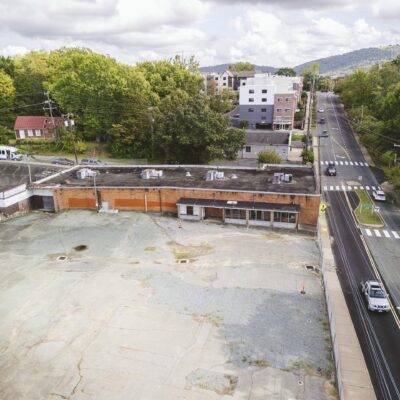As a blogger who focuses on local music, I was dismayed to read in the Guardian over the weekend that the internet is spoiling my bread and butter. So the argument goes: The troglodytic peoples of the pre-web epoch took cues from the culture that surrounded them physically. Scenes arose when various cultural forces converged on a single geographic point and created a distinct kind of music: case in point, the Madchester scene, or grunge in Seattle.
Nowadays, however, scenes are composed of bands that share an aesthetic. Case in point here is the chillwave movement (which breezed through Charlottesville in March), made from a generation of 20somethings who piggybacked on each others’ sound after reading about it, and hearing it, on the internet.
My take? You don’t have to look further than Richmond to see how distinctly different scenes continue to be. The visible tradition that comes from Richmond stems from bands like Avail, Gwar and Municipal Waste; whereas we Charlottesvillians like to claim more collegiate music as our own, in bands that range from the Dave Matthews Band to the Silver Jews. As far as I can tell, certain kinds of music happen in Charlottesville, and other kinds of music in Richmond, only an hour away. Who knows? Maybe there’s less to be angry about in Charlottesville.
Plus, the article says that "crucial to this process has been the slow death of physical music." But even in the mp3 age, independent artists nationwide have staged a resurgence in physical music, with made-with-love packaging that have helped reinforce ties to other local bands and artists.
Really though, it’s a moot point more than a half-century into the age of TV, even longer since radio. This is Appalachia, after all, and most local musicians don’t exactly play the Appalachian dulcimer.
(Here’s an interesting response that claims ASCAP, BMI and other music licensing companies are worse than the internet could hope to be.)
What is the Charlottesville sound?



